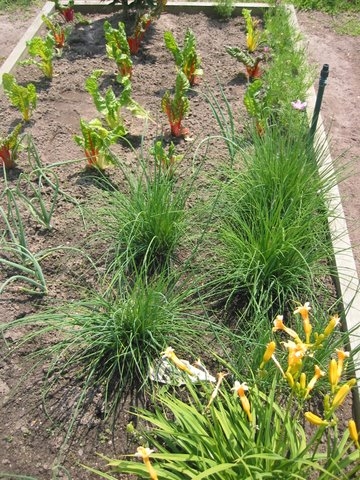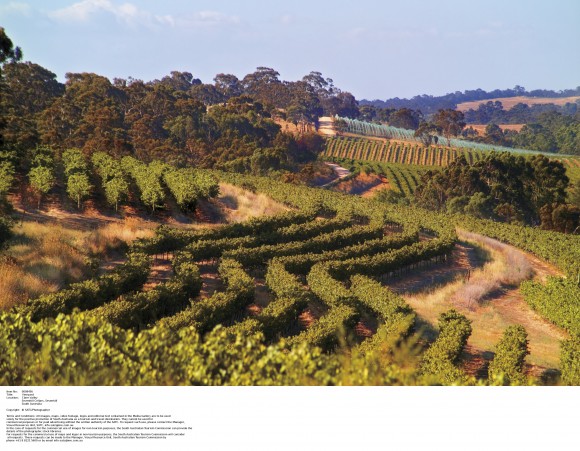The Path from Farm to Table might not be so clear
By Leah Weinberg, Associate, Golenbock Eiseman Assor Bell & Peskoe LLP

Anyone paying attention to what’s going on around them has noticed that there’s no stopping one of the more popular movements in the restaurant world — farm-to-table. Chefs are the driving force behind this experience as they feature local ingredients as staples on their menu, thus supporting local businesses and conducting business in a more environmentally friendly way. Their diners are right behind them, applauding the effort.
Desirable as it may be to win that applause from guests who have soaked up hours of food and beverage programming like that dished out on Bravo’s “Top Chef”, Travel Channel and Food Network offerings featuring celebrity chefs (like Rachael Ray, Anthony Bourdain, Bobby Flay and all the Iron Chefs), being environmentally friendly and starting a farm-to-table operation may or may not be all that simple, depending on the path one chooses.
For chefs and restaurateurs looking to open a farm-to-table restaurant, or transform an existing operation into one that focuses more on sustainability and utilizing locally produced ingredients, the main hurdle is selecting a particular business model. As with any business there are a few ways to go about this.
The first of these requires owning both the restaurant and the farm; the next option, which demands a little less commitment on the part of the restaurateur who may not have a green thumb, involves contracting with a local purveyor to purchase food from a particular farm on a regular basis. Finally, the simplest option for those wanting to test the waters of a farm-to-table concept before doing something as binding as buying a farm or entering into contractual agreements for a local supply, is to purchase food from local markets on an as needed basis with no formal arrangement in place.
Your most costly and complex option is to own the restaurant and the farm. Owning the farm that supplies one’s restaurant requires enough funding and the technical knowledge to keep the operation afloat. On the plus side, deciding to own and operate a farm allows the owner to be directly responsible for cultivating the land, hiring the farmers, growing the produce and raising the livestock needed to create the restaurant’s dishes. Also up for consideration is figuring out how to transport the ingredients to the restaurant, unless of course, the restaurant is on-site. A perfect example of both arrangements is Stone Barns Center located in Pocantico Hills, New York, a non-profit farm and education center. Food produced at Stone Barns Center is used on-site at the farm’s restaurant, Blue Hill at Stone Barns (www.bluehillfarm.com/food/blue-hill-stone-barns), and the restaurant’s sister location in Manhattan, Blue Hill (www.bluehillfarm.com/food/blue-hill-new-york).
Running an operation like Blue Hill also involves unique legal considerations that do not arise with other potential farm-to-table business models, namely zoning issues. The land on which a farm will be located must be properly zoned for agricultural use, including both growing produce and raising livestock, and if the restaurant is to be located on the same property, the property’s zoning classification must permit that also, otherwise the lengthy process of obtaining a zoning variance or special use permit will be required. States or local municipalities may also have other license or permit requirements, which will vary by jurisdiction, needed to run a farm and operate a restaurant on the same piece of property.
Those restaurant owners in green space-challenged locales, like big cities, who want to have a hand in growing produce but cannot own a farm may choose to create rooftop or backyard gardens. Again, having the proper zoning or occupancy classification, and any ancillary permits and licenses, to have a rooftop or backyard garden for commercial use is a must.

If you must have a hand in insuring that environmentally friendly practices are followed while growing and raising all the food that is served in your restaurant, but farm ownership isn’t possible, contracting with local farms allows restaurateurs to support local farmers and institute environmentally friendly practices at the restaurant but removes the need to also be savvy enough to cultivate your own crops and livestock. What this model does require, however, is a legal, binding contract with a local purveyor (whether it be an individual farmer or a larger organization) who will guarantee a specific supply of food to the restaurant in exchange for a guaranteed cash flow to the provider.
Providing guests with farm fresh ingredients purchased from local markets is in step with the farm-to-table trend of supporting the community and promoting sustainability, but it allows the restaurant owner to utilize the concept on a more flexible basis. This option offers up a trial period to determine whether buying local products will increase costs to the restaurant’s detriment or whether the benefit of better tasting food and an enhanced image for the restaurant will outweigh the costs.
The key to this option is that it allows a restaurant owner to reap the benefits of a farm-to-table restaurant without the permanence of owning land or being contractually obligated to a supplier. It also does away with the need to get buried in the exciting worlds of zoning and legal contracts.
For those who support the farm-to-table model, and understand the positive impact that such a business structure can have on the local community and local businesses as well as the environment, making farm-to-table more than just a “trend” has become of utmost importance.
Understanding the different options available as you’re looking to get involved in farm-to-table, illuminates just how complicated, or easy, it is being green.


do you have a business plan step by step to set up a farm to table program? We have a restaurant surrounded by farms and a large population center in NYS and would like to learn how to go about it. Thanks Pat